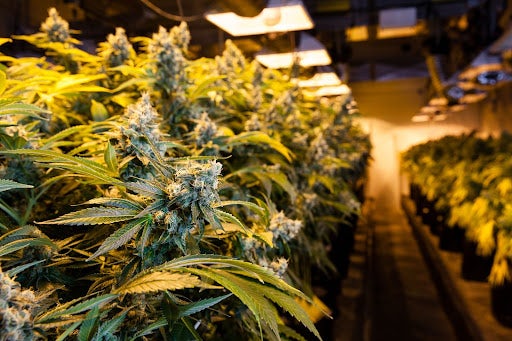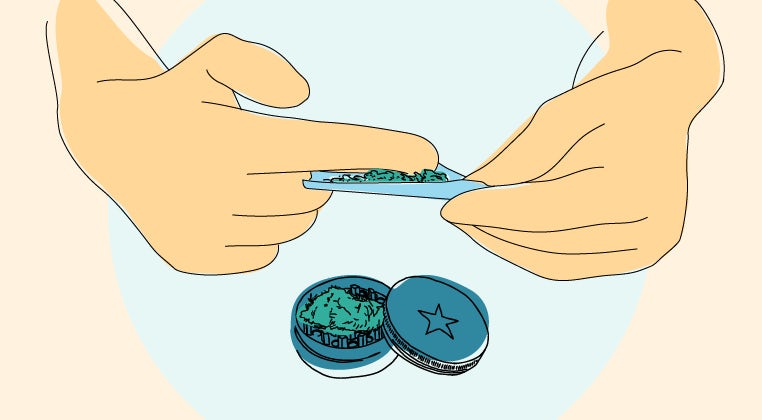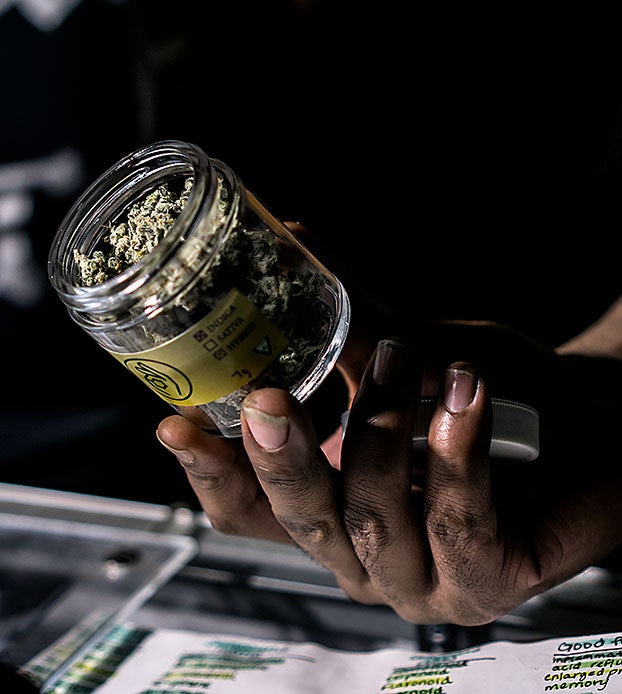A task force on driving under the influence of cannabis in the state of California has concluded that there should be no set limit of THC or THC metabolites in the bloodstream. Such limits are not backed by scientific research and should be scrapped, concluded the panel of experts led by the California Highway Patrol.
Law enforcement “should use the best available, scientifically validated, roadside presumptive drug testing technology for possible drug-impaired driving investigations,” the task force wrote, but did not specify what those tools are.
California does not currently have a legal bloodstream concentration limit for THC like it does for alcohol, though a recent survey found that may come as a surprise to almost half of all respondents.
Currently, officers use field sobriety tests to determine cannabis impairment, although they could use better training, the task force suggested.
Some other states, like Colorado, do have per se limits on levels of THC metabolites in the bloodstream.
Blood tests are inherently flawed, research has shown, because they don’t indicate how long the THC has been in the system, the driver’s tolerance, how high they actually are or whether they are impaired at that moment. They also can’t give a precise indication of when the person consumed cannabis.
The Impaired Driving Task Force was created by the state legislature at the same time that California legalized adult-use cannabis.
“Drugs affect people differently depending on many variables. A per se limit for drugs, other than ethanol, should not be enacted at this time as current scientific research does not support it. However, the state should continue to advance research in this area, to include methods of evaluating impairment,” the report reads.
The technology isn’t there yet
The task force was also charged with examining the various technological means available today for field sobriety tests.
Various technological tools to determine cannabis impairment have beed in development for years, from saliva tests to cell phone apps, but none have shown to be accurate enough or otherwise deemed good enough tools to be broadly adopted.
In addition to the toxicology recommendations, the report called for the collection and publication of data relating to the number of drivers who had cannabis in their system when they were involved in accidents or arrested for DUI.
That type of data isn’t currently being collected in any centralized way.
The task force also called for extending the standardized field sobriety training in all state law enforcement academies from 8 hours to 24 hours.
Out of the approximately 78,000 sworn law enforcement personnel in California., only 1,700 are certified as Drug Recognition Evaluators, according to the report.
A ‘pressing need’
While a number of states do have per se limits for cannabis DUI tests, their reliability in determining cannabis impairment have not held up to scientific scrutiny and several previous studies have reached similar conclusions.
“There appears to be a poor and inconsistent relationship between magnitude of impairment and THC concentrations in biological samples, meaning that per se limits cannot reliably discriminate between impaired from unimpaired drivers,” a study published earlier this year found.
Like the California task force, the researchers wrote that there is a “pressing need” for new methods to detect cannabis impairment, which today consist of road-side behavioral or cognitive tests, and blood and saliva tests in some jurisdictions.
Sign up for bi-weekly updates, packed full of cannabis education, recipes, and tips. Your inbox will love it.

 Shop
Shop Support
Support



















